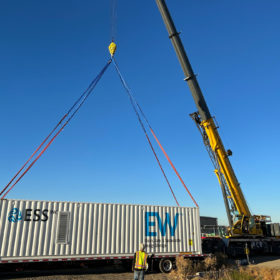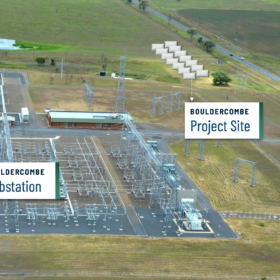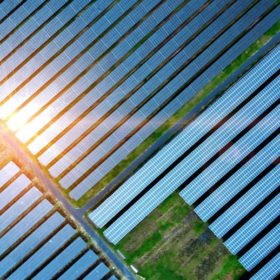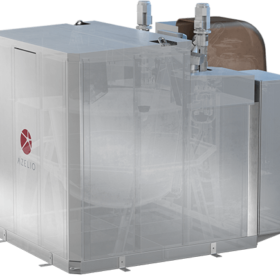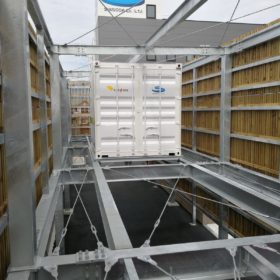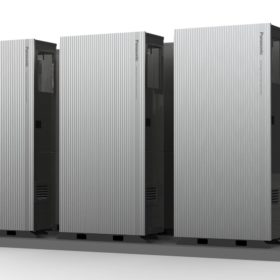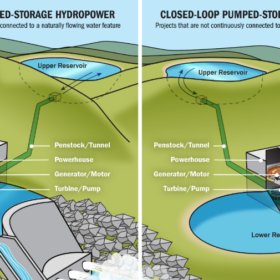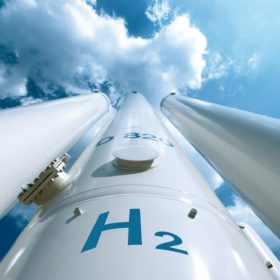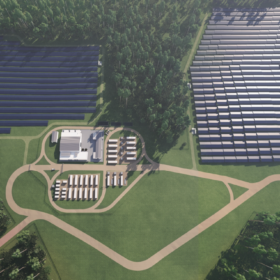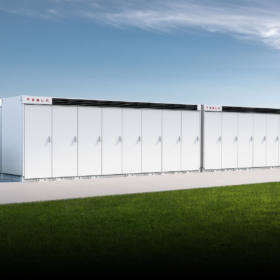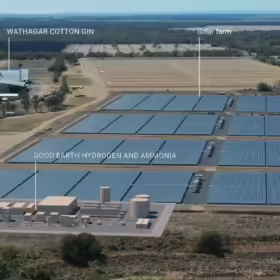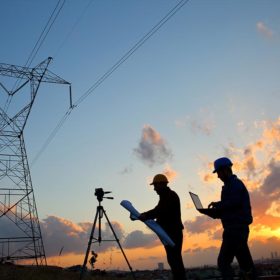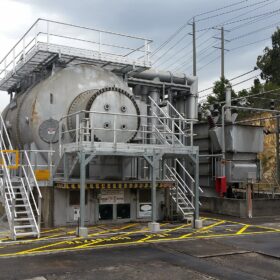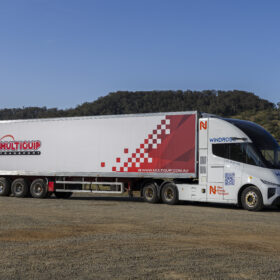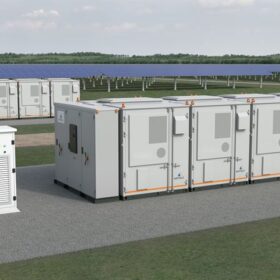Iron flow battery tech shows promise for mid-duration energy storage
The ESS battery systems have a prescribed design life of 25 years, but the battery modules, electrolyte, plumbing, and other components may well last for decades longer with proper maintenance.
Genex Power seizes the opportunities for renewable energy storage at the north end of the NEM
The first big battery to stand alone without government support, Bouldercombe Battery Project capitalises on Genex Power’s experience gained on the road to Kidston Clean Energy Hub.
Wirsol seeks renewable projects and acquisitions: first stop Barnawartha
Against the backdrop of a second Victorian reverse auction for renewable energy, German-owned developer Wirsol takes up a large-scale solar project in the border city of Wodonga.
Electro-thermal storage system for commercial applications launched
Developed by Swedish manufacturer Azelio, the system stores renewable energy in recycled aluminium and has an electrical and thermal energy output, with a total efficiency of 90 %. One unit’s storage capacity reaches 165 kWh of electrical output and on top of that thermal energy between 55-65 degrees Celsius. Its modular configuration allows the deployment of projects with a capacity of up to 100 MW.
Vanadium redox flow batteries with purported LCOS of $0.10/kWh
Singapore-based VFlowTech has secured funds to scale up manufacturing of its vanadium redox flow batteries. The company currently offers three modular products that can be scaled to multi-megawatt-hour systems.
Panasonic launches 5 kW fuel cell system for commercial applications
The system has dimensions of 834×417×1,766 mm and weighs 205 kg including the design panel. It achieves an electrical efficiency of 56% and can be connected with a hot water storage unit.
Aussie scientists champion closed-loop pumped hydro
Closed-loop pumped-hydro storage offers more chances to minimise environmental effects on water sources and overcomes the problem of finding suitable sites. According to an Australian research team, closed-loop systems could prevail on open-loop systems in the future and this trend is confirmed by another group of scientists from the United States.
How one chemical engineer is channeling Australia’s plentiful PV into hydrogen-derivative renewable fuels
Rose Amal arrived in Australia from Indonesia 38 years ago to study at UNSW. Now her leadership and research are contributing to a new sustainable economy for Australia and clean fuels for energy-hungry industries.
HDF to construct baseload power plant using green hydrogen, plans Australia expansion
The project includes a solar park coupled with what HDF Energy claims is the “largest green hydrogen storage of intermittent electricity sources” at 128 MWh. Importantly, the company also simultaneously announced expansion plans into Australia, saying its hydrogen technology will soon be available here, adding that it has “projects already in development for Australia”.
Genex taps Tesla for Queensland big battery project
Australian renewable energy developer Genex Power has inked a deal with Tesla to develop its 50 MW/100 MWh Bouldercombe Battery Project in Queensland using the United States-based electric vehicle manufacturer’s lithium-ion battery technology.
